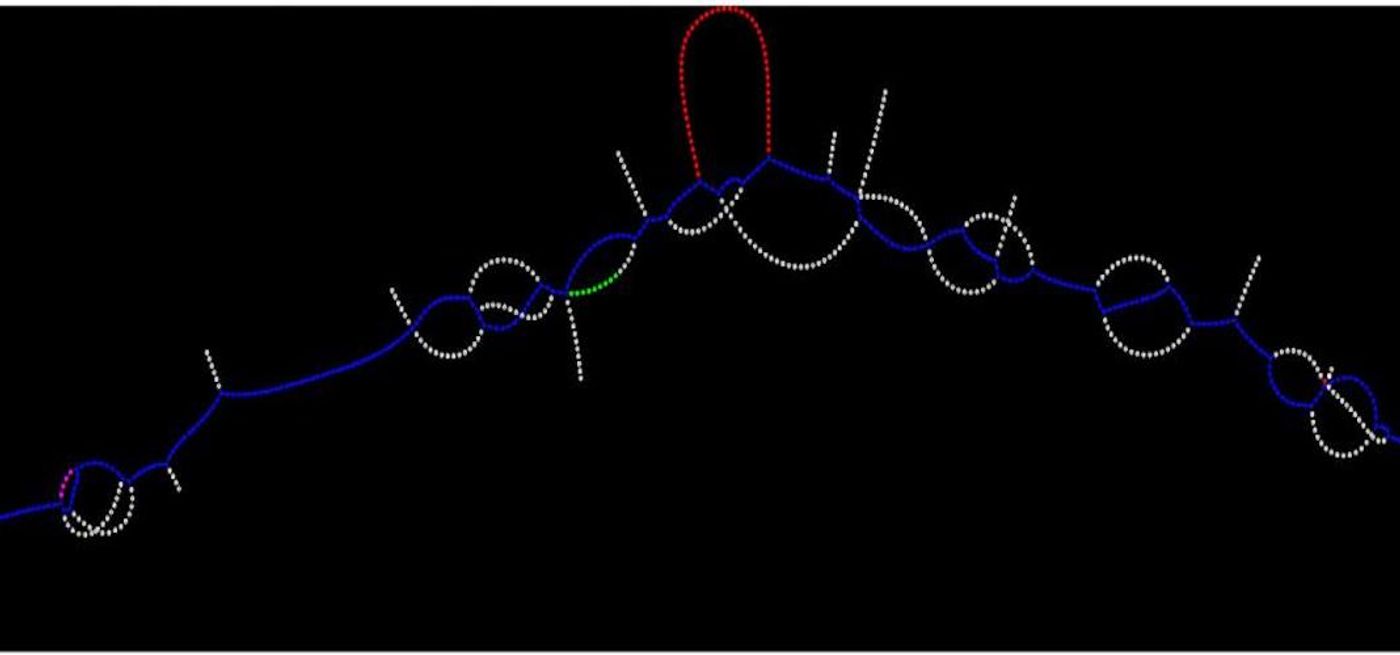Free Tool Identifies Rare Cancer Mutations Accurately
With a new computational tool, researchers will be able to identify rare genetic mutations that happen in cancer cells. Improving on existing techniques, the scientists have reported their new method for finding mutations in tumors, termed somatic variant calling, in Communications Biology. The researchers, from the New York Genome Center (NYGC), have named their tool Lancet.
"With its unique ability to jointly analyze the whole genome of tumor and matched normal cells, Lancet provides a useful tool for researchers to conduct more accurate genome-wide somatic variant calling," noted the first author of the work, Giuseppe Narzisi, Ph.D., a Senior Bioinformatics Scientist at NYGC.
"Reliable detection of somatic variations is of critical importance in cancer research and increasingly in the clinical setting, where identification of somatic mutations forms the basis for personalized medicine," added senior author Michael Zody, Ph.D., Senior Director, Computational Biology, NYGC. "Lancet will be an important addition to the toolkit of both clinicians and researchers working to advance the field of cancer genomics and improve care for cancer patients."
The genomes in cancer cells that make up a tumor have to be sequenced to find the mutations they carry. That tumor genome then has to be compared to one from a healthy cell so that the differences can be identified.
Lancet eliminates the need for a reference sequence from a normal cell. Instead, small pieces are used to reconstruct the genome with de Bruijn graphs (to learn more about how de Bruijn graphs are used in genome assembly from short reads or k-mers, check out the video). In this work, the researchers use colored graphs to make comparisons between tumor and healthy genomes may have once been challenging in some regions, and now don’t have to be made.
Lancet can analyze tumor and normal DNA jointly as well to provide greater sensitivity; rare variants can be found with better accuracy. The computational tool can combine sequencing data from tumor cells and healthy cells. Dr. Narzisi said this is a better way to locate mutations; users don’t have to perform a separate analysis of tumor and normal cells.
For this work, extensive operations were performed on real and synthetic sequencing datasets. The researchers showed that Lancet could perform better; it gets rid of many false positives seen in other widely used techniques.
"In our study, we show that existing tools are not that precise in scoring mutations so that some candidate variants which were highly scored by some tools ended up being false positives," Dr. Narzisi said. "That becomes a problem when you want to prioritize which variants to validate using other technologies, or you want to move forward with a clinical study. You may end up focusing on variants that do not exist."
Sources: AAAS/Eurekalert! Via New York Genome Center, Communications Biology









